The experience of looking in the mirror and wondering where all the time went and who we’ve become is an uncanny yet not uncommon emotion. To go home for a break and see a little sibling all of a sudden as tall as you are, to find the kitchen has acquired a new frying pan, to see boxes left behind in a childhood room--all of these unexpected encounters evoke some twisted combination of nostalgia and fear of missing out. All of these changes would be typically meaningless and may have even gone unnoticed if you were present through all the minuscule renovations; however, a feeling more complicated and reflective occurs inside oneself when sentiments of discomforting foreignness manifest in a place that is ordinarily familiar.
We’ve seen it depicted in countless coming-of-age films and young adult novels, and we’ve even felt it reach us through the likes of poets such as Emily Dickinson and Walt Whitman. Coming of age today means growing into as well as growing out of ourselves. It’s the transformation of the sum of our past through the unpredictability of our future. Whitman’s poem, “There Was a Child Went Forth” lays down this uncomfortable yet necessary tug of losing and gaining and relearning what makes up our very essence.
“There was a child went forth every day,
And the first object he look'd upon, that object he became,
And that object became part of him for the day or a certain part of the day,
Or for many years or stretching cycles of years.”
As we go forth in these critical years, ever-changing and moving in often cyclical patterns, we tend to forget and let go of certain pieces of our youth. We leave home and arrive at a new and different place to call home. Objects and people that were once a part of us now learn to grow without us, and we share exclamations at some once-in-a-while get together that sound like this: “I can’t believe how old you’ve gotten!”; “She’s getting married already?”; “Oh, how time flies!”
Oftentimes when we have these reflective conversations and moments they are accompanied by feelings of melancholy and wishes to grasp onto the tenderness and familiarity of the past. Perhaps the greatest lesson we can learn from artists that focus on these sentiments such as Whitman and Dickinson and Linklater and Salinger is that we should do our best to escape the fear of their inevitability, and rather, we should embrace the ephemeral nature of life as a sign of vitality and self-actualization. Instead of focusing on the transitory and unstable side of our relationships to ourselves and to one another, these artists beg of us to see the light in the temporality of living and the promise it brings for us to flourish beyond our childhood state. When we look in the mirror and reflect on what is looking back at us, our emotions challenge us to see a person we haven’t met before and welcome them brightly.



 women in street dancing
Photo by
women in street dancing
Photo by  man and woman standing in front of louver door
Photo by
man and woman standing in front of louver door
Photo by 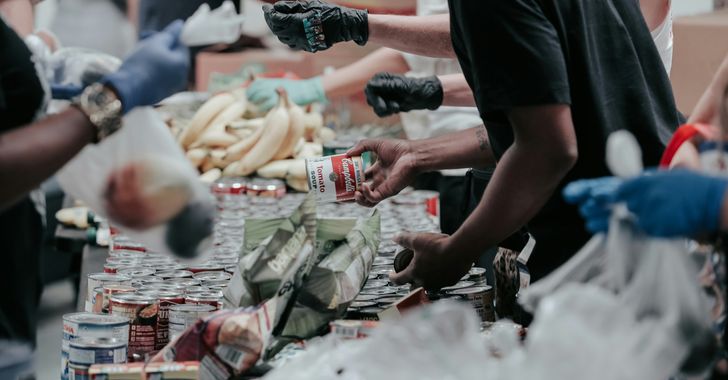 man in black t-shirt holding coca cola bottle
Photo by
man in black t-shirt holding coca cola bottle
Photo by 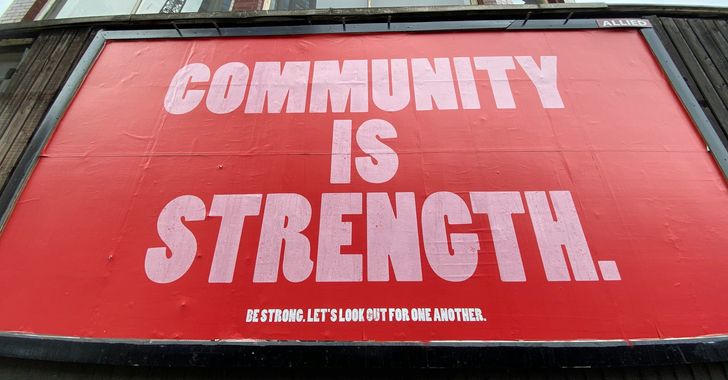 red and white coca cola signage
Photo by
red and white coca cola signage
Photo by  man holding luggage photo
Photo by
man holding luggage photo
Photo by  topless boy in blue denim jeans riding red bicycle during daytime
Photo by
topless boy in blue denim jeans riding red bicycle during daytime
Photo by  trust spelled with wooden letter blocks on a table
Photo by
trust spelled with wooden letter blocks on a table
Photo by 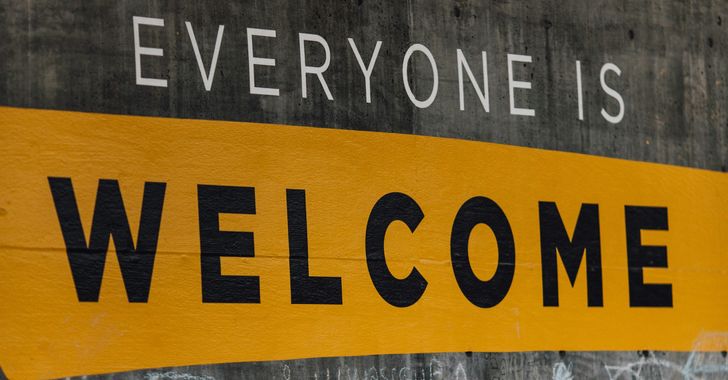 Everyone is Welcome signage
Photo by
Everyone is Welcome signage
Photo by  man with cap and background with red and pink wall l
Photo by
man with cap and background with red and pink wall l
Photo by  difficult roads lead to beautiful destinations desk decor
Photo by
difficult roads lead to beautiful destinations desk decor
Photo by  photography of woman pointing her finger near an man
Photo by
photography of woman pointing her finger near an man
Photo by  closeup photography of woman smiling
Photo by
closeup photography of woman smiling
Photo by  a man doing a trick on a skateboard
Photo by
a man doing a trick on a skateboard
Photo by  two men
two men  running man on bridge
Photo by
running man on bridge
Photo by  orange white and black bag
Photo by
orange white and black bag
Photo by  girl sitting on gray rocks
Photo by
girl sitting on gray rocks
Photo by  assorted-color painted wall with painting materials
Photo by
assorted-color painted wall with painting materials
Photo by  three women sitting on brown wooden bench
Photo by
three women sitting on brown wooden bench
Photo by 
 Photo by
Photo by  Photo by
Photo by  Photo by
Photo by  Photo by
Photo by 


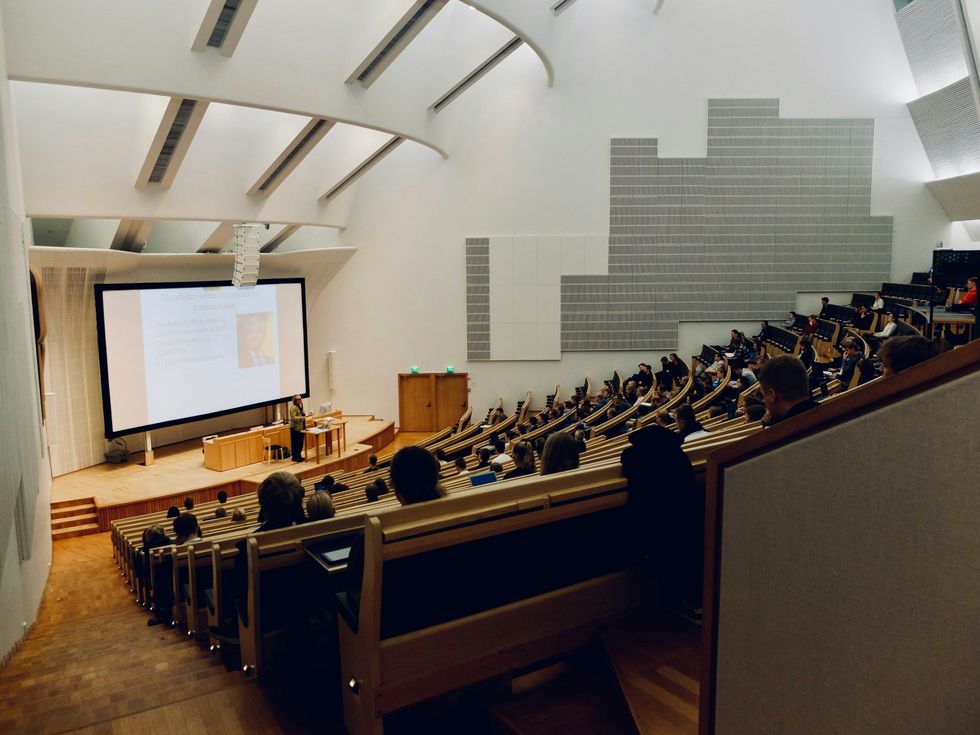 people sitting on chair in front of computer
people sitting on chair in front of computer



 all stars lol GIF by Lifetime
all stars lol GIF by Lifetime two women talking while looking at laptop computerPhoto by
two women talking while looking at laptop computerPhoto by  shallow focus photography of two boys doing wacky facesPhoto by
shallow focus photography of two boys doing wacky facesPhoto by 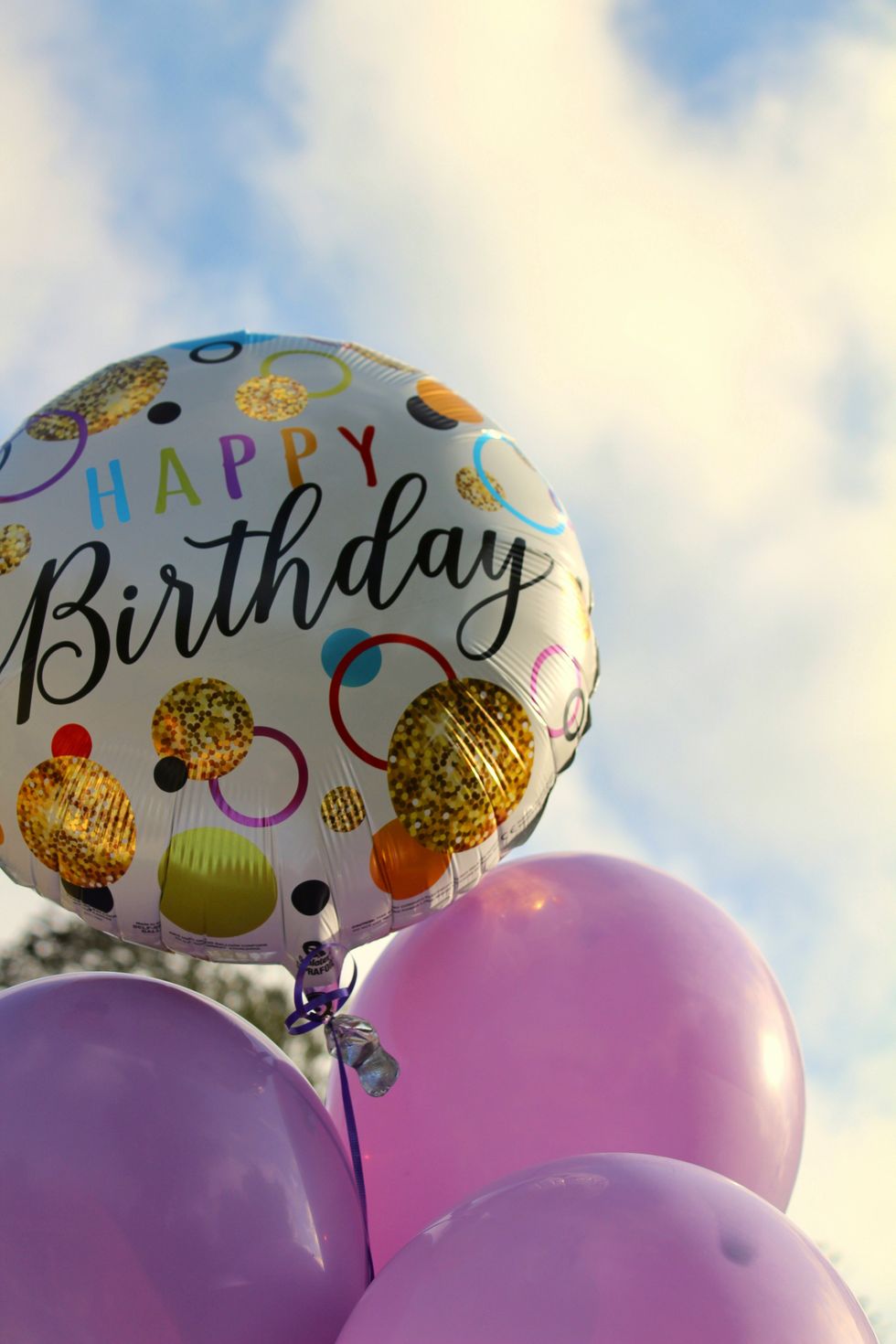 happy birthday balloons with happy birthday textPhoto by
happy birthday balloons with happy birthday textPhoto by 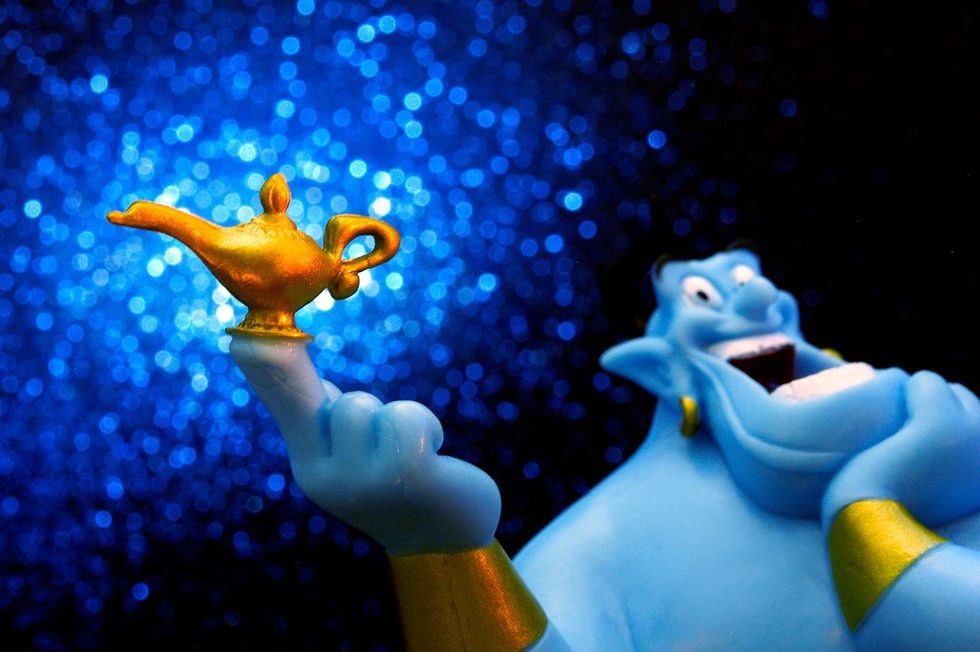 itty-bitty living space." | The Genie shows Aladdin how… | Flickr
itty-bitty living space." | The Genie shows Aladdin how… | Flickr shallow focus photography of dog and catPhoto by
shallow focus photography of dog and catPhoto by  yellow Volkswagen van on roadPhoto by
yellow Volkswagen van on roadPhoto by  orange i have a crush on you neon light signagePhoto by
orange i have a crush on you neon light signagePhoto by  5 Tattoos Artist That Will Make You Want A Tattoo
5 Tattoos Artist That Will Make You Want A Tattoo woman biting pencil while sitting on chair in front of computer during daytimePhoto by
woman biting pencil while sitting on chair in front of computer during daytimePhoto by 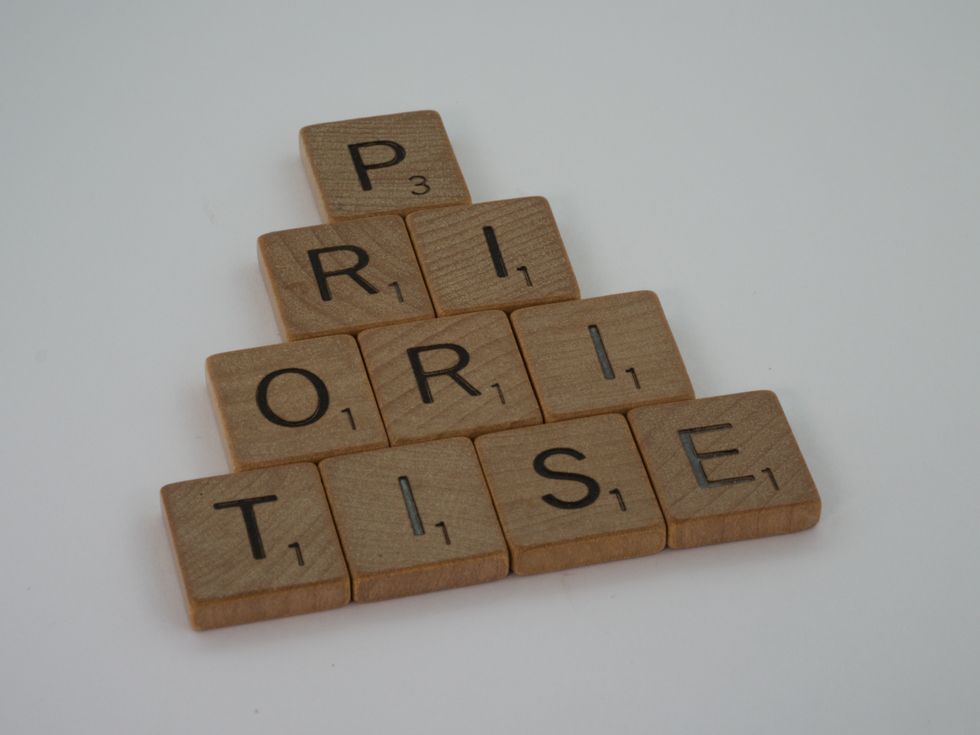 a scrabbled wooden block spelling the word prizePhoto by
a scrabbled wooden block spelling the word prizePhoto by 
 StableDiffusion
StableDiffusion
 StableDiffusion
StableDiffusion
 StableDiffusion
StableDiffusion









